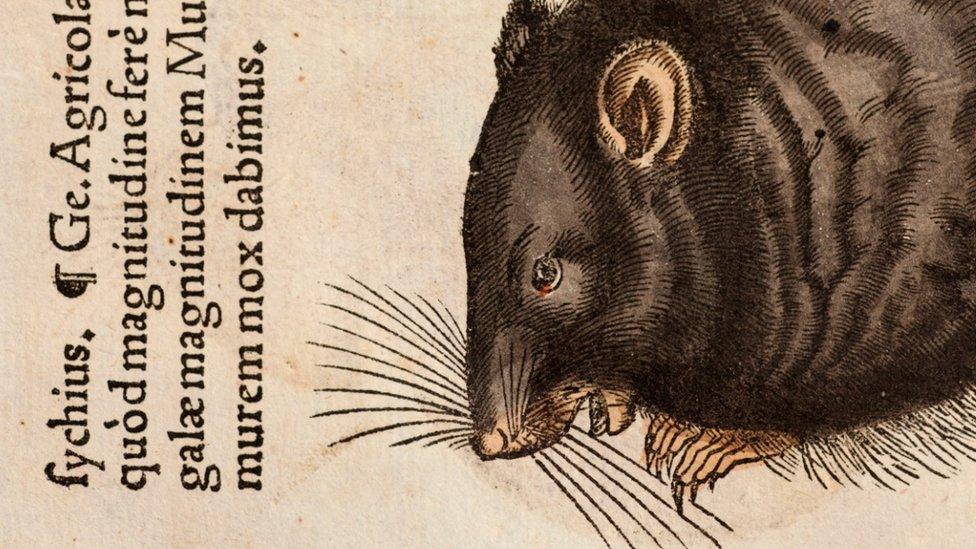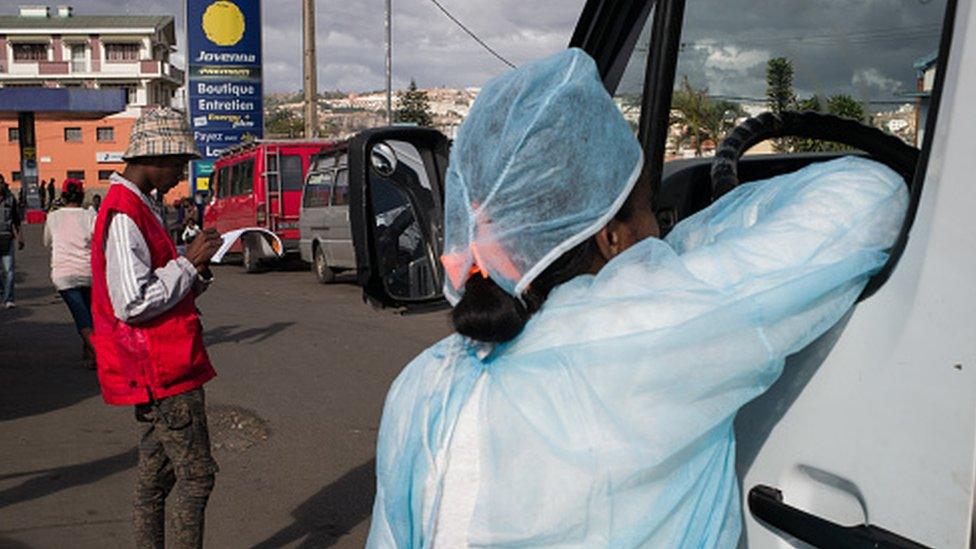Black Death 'spread by humans not rats'
- Published

The bite of rat-borne fleas infected with the bubonic plague has been blamed for disease transmission during the medieval pandemic
Rats were not to blame for the spread of plague during the Black Death, according to a study.
The rodents and their fleas were thought to have spread a series of outbreaks in 14th-19th Century Europe.
But a team from the universities of Oslo and Ferrara now says the first, the Black Death, can be "largely ascribed to human fleas and body lice".
The study, in the Proceedings of the National Academy of Science, external, uses records of its pattern and scale.
The Black Death claimed an estimated 25 million lives, more than a third of Europe's population, between 1347 and 1351.

Has the black rat (Rattus rattus) been falsely blamed for spreading plague during the Black Death?
"We have good mortality data from outbreaks in nine cities in Europe," Prof Nils Stenseth, from the University of Oslo, told BBC News.
"So we could construct models of the disease dynamics [there]."
He and his colleagues then simulated disease outbreaks in each of these cities, creating three models where the disease was spread by:
rats
airborne transmission
fleas and lice that live on humans and their clothes
In seven out of the nine cities studied, the "human parasite model" was a much better match for the pattern of the outbreak.
It mirrored how quickly it spread and how many people it affected.
"The conclusion was very clear," said Prof Stenseth. "The lice model fits best."
"It would be unlikely to spread as fast as it did if it was transmitted by rats.
"It would have to go through this extra loop of the rats, rather than being spread from person to person."
'Stay at home'
Prof Stenseth said the study was primarily of historical interest - using modern understanding of disease to unpick what had happened during one of the most devastating pandemics in human history.
But, he pointed out, "understanding as much as possible about what goes on during an epidemic is always good if you are to reduce mortality [in the future]".
Plague is still endemic in some countries of Asia, Africa and the Americas, where it persists in "reservoirs" of infected rodents.
"Our study suggests that to prevent future spread hygiene is most important," said Prof Stenseth.
"It also suggests that if you're ill, you shouldn't come into contact with too many people. So if you're sick, stay at home."
- Published7 October 2017

- Published30 March 2014
